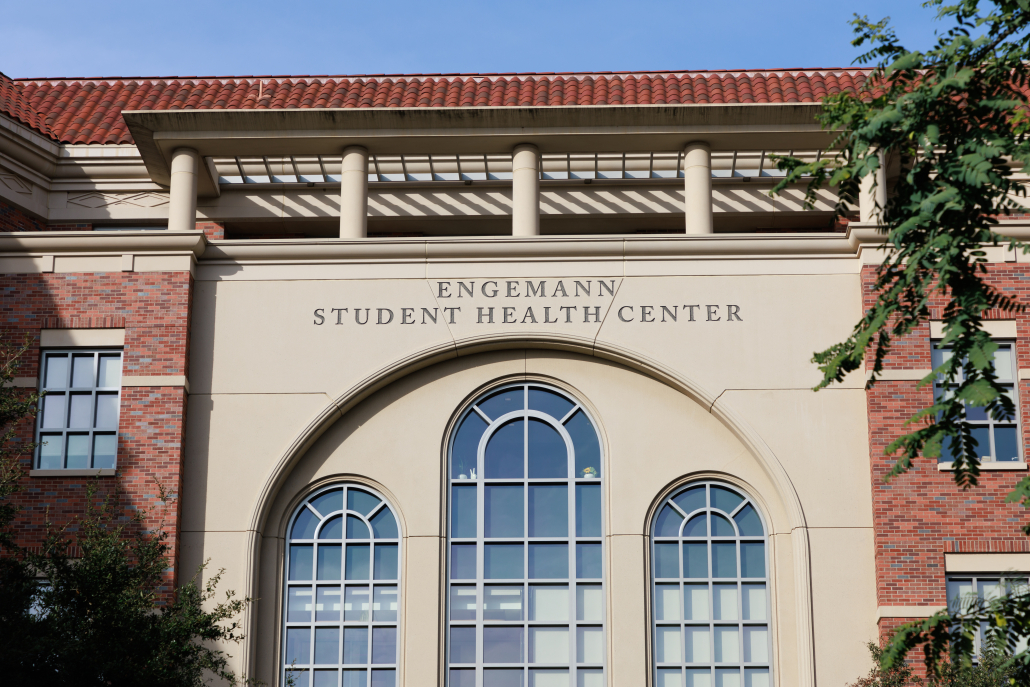Cases higher than before break

Two hundred twelve positive coronavirus cases were recorded in the USC community last week, compared to 140 positive cases the week before, according to the University’s coronavirus dashboard.
“While we are seeing an increase, it’s not an exponential increase,” said Chief Health Officer Dr. Sarah Van Orman at a student media briefing Tuesday. “We do believe that most of this was related to spring break travel.”
USC Student Health continues to closely track positivity rates and USC community members previously in contact with people who have tested positive, Van Orman said.
On Monday, Trojan Check validations were no longer required for all campus access points. Student Health made the change to align with Los Angeles County practices, including no longer requiring proof of vaccination for public areas like gyms, restaurants and events.
“Our campus … is over 95% vaccinated and over 86% boosted,” Van Orman said. “We have a community that’s very well protected against this illness”
Student Health plans to individually contact all students, staff and faculty who are eligible to receive their second booster shot, and those who are still in need of their first booster.
“Despite all of the conversation about vaccines and people still getting infected, the vaccines really do what we want them to do, which is to prevent individuals from suffering the worst consequences of this virus,” Van Orman said.
The Centers for Disease Control and Prevention recently recommended that adults over 50 receive their second booster shot. Additionally, those who received the Johnson and Johnson vaccine as their first dose should receive their second booster.
Approximately 85% of students and faculty are boosted, and Student Health urges those who aren’t boosted to get their shot. Vaccines are continually proven to prevent severe disease, hospitalization and death, Van Orman said.
The coronavirus has also directly spread among people living together, influencing the increase in cases. Despite this, Student Health has not seen significant outbreaks.
Cases in L.A. County also remain very low, Van Orman said. Positive cases have plateaued, with only minimal rises.
Additionally, the aftermath of spring break travel has caused a drastic increase in the percentage of BA.2 coronavirus cases. Before spring break, the percentage was about 25%; however, the variant now makes up close to 90% of USC cases.
Van Orman said BA.2 has not appeared to display any more significant symptoms than other strands, despite its more infectious nature and encourages vaccinations to prevent hospitalization, severe disease and death.
Student Health encourages any students with symptoms to get tested immediately, including all students who have come in contact with people who have tested positive. Student Health also recommends students wear masks indoors, despite the removal of the mask mandate March 7.
“[For] most of the cases we’re seeing, people are symptomatic, so that remains the best indicator for someone that they could be infected and they need to get tested,” Van Orman said.
Quarantines have increased through USC at local hotels. Student Health estimates 100 to 150 students currently in quarantine, compared to less than 50 before spring break. However, the current number of students quarantining is nowhere near the level it was at in January, Van Orman said.
“We hope this was related to travel,” Van Orman said. “We were anticipating an uptick in cases seven to 14 days post-spring break, but we’re watching very closely this week to see if cases start to come back down.”
If cases do not go down, Student Health will start working with the county to see if mask mandates and surveillance testing need to be reinstated. These requirements may not come into effect across campus, but perhaps in specific areas, Van Orman said.
“What we’re trying to do at USC is prevent the spread so that we can protect our health for both our vulnerable faculty, staff and students, but also to protect the community around us and protect our healthcare system,” Van Orman said.

